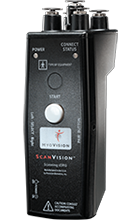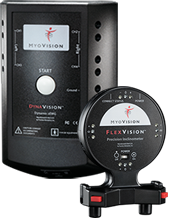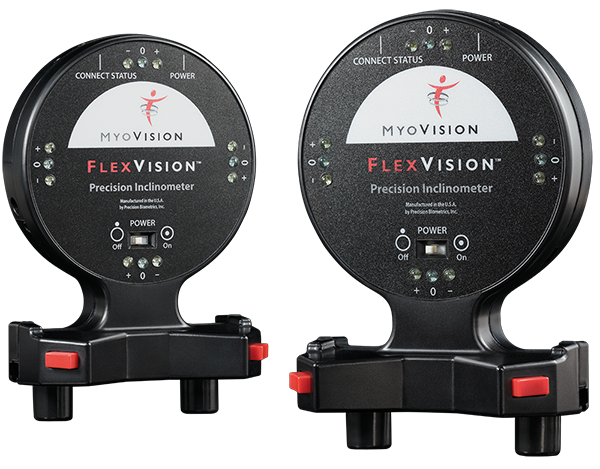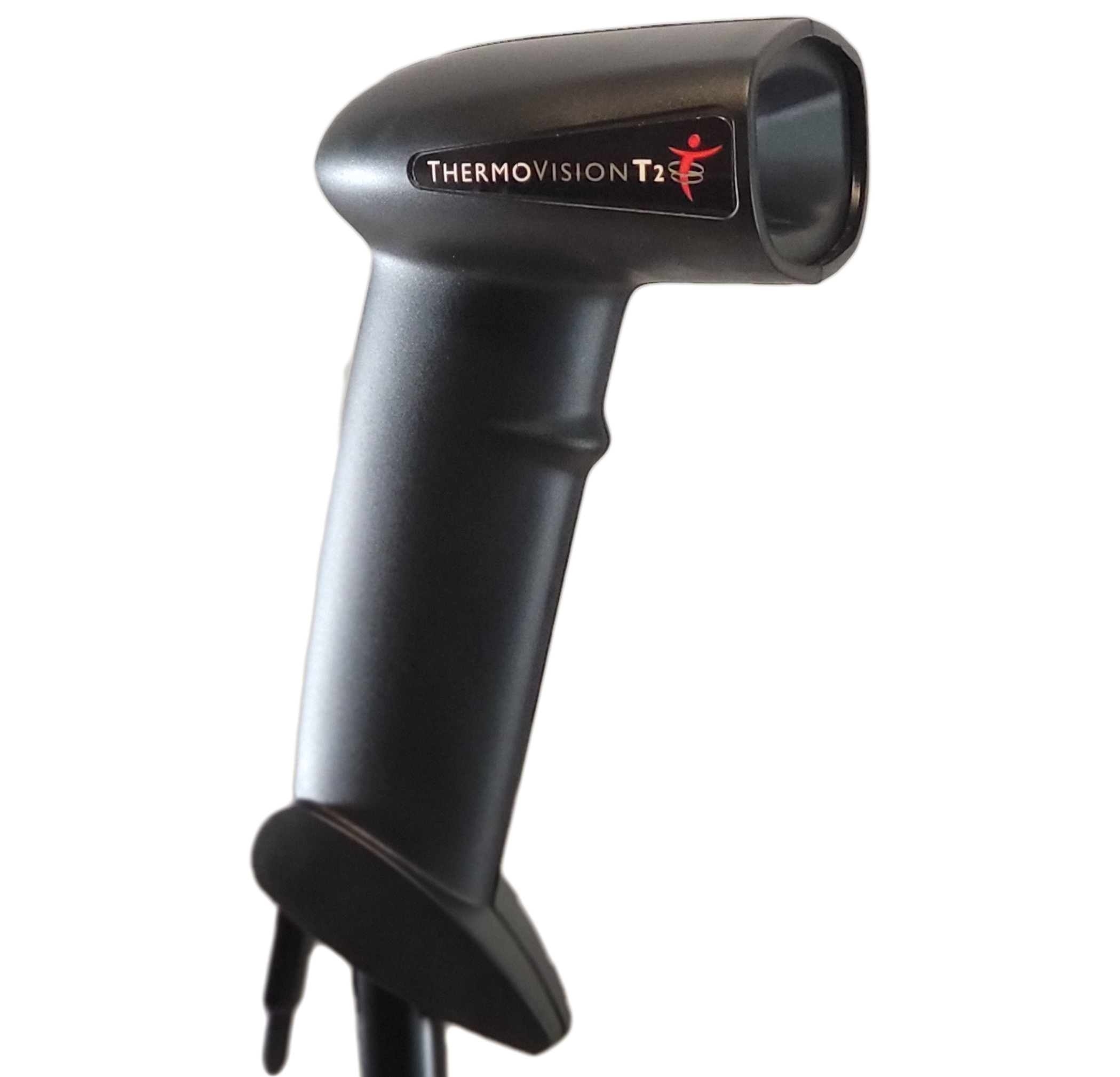Objectify Your Bottom Line
Many Chiropractors find their way into the profession because they have had a positive, life-changing experience with Chiropractic. It is a profession where miracles, great and small, happen on a daily basis. Few Chiropractors, however, take the time to identify, plan and build their niche practice and instead accept what comes their way.
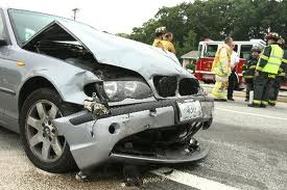 Most Chiropractors have dabbled with accident recovery, but only a small fraction of the Chiropractic profession has chosen to become experts in the personal injury arena. Personal Injury practices flourish regardless of the economy. In 2011 alone, an estimated 2.22 million people were injured in motor vehicle traffic crashes.1 This astounding number does not include those people who do not report injuries at the time of filing an accident report. Those who reported a traffic accident experienced an 84% increase in the likelihood of new onset chronic widespread pain (2).
Most Chiropractors have dabbled with accident recovery, but only a small fraction of the Chiropractic profession has chosen to become experts in the personal injury arena. Personal Injury practices flourish regardless of the economy. In 2011 alone, an estimated 2.22 million people were injured in motor vehicle traffic crashes.1 This astounding number does not include those people who do not report injuries at the time of filing an accident report. Those who reported a traffic accident experienced an 84% increase in the likelihood of new onset chronic widespread pain (2).
Furthermore, according to the Bureau of Labor Statistics (BLS), more than one million workers suffer back injuries each year, and back injuries account for one of every five workplace injuries or illnesses. In addition BLS states that one-fourth of all compensation indemnity claims involve back injuries, costing industry billions of dollars on top of the pain and suffering borne by employees.
Personal Injury provides Chiropractic with an abundance of injured patients in need of treatment and guidance. The complexity and diversity of injuries sustained as a result of a motor vehicle or work-related accident can be intimidating to the victim. While these types of accidents are a common occurrence, few people understand the importance of seeking qualified expertise in both the medical and legal aspects of the case. Getting proper care from a qualified professional in a timely manner and, as important, following through with that care to full recovery is essential.
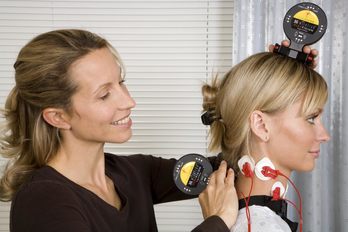 With the latest in evidence-based technology, the process of providing insurers and attorneys with objective, physiologic data is simple and quick, requiring only a small time investment by the practitioner or trained assistant. Dynamic sEMG coupled with simultaneous computerized ROM is the only truly objective testing available to Chiropractors for determining the presence or absence of soft tissue injury.3,4 Objective data leads to an objective Doctor, creating clinical competence.
With the latest in evidence-based technology, the process of providing insurers and attorneys with objective, physiologic data is simple and quick, requiring only a small time investment by the practitioner or trained assistant. Dynamic sEMG coupled with simultaneous computerized ROM is the only truly objective testing available to Chiropractors for determining the presence or absence of soft tissue injury.3,4 Objective data leads to an objective Doctor, creating clinical competence.
There are no shortcuts to success in the personal injury industry. The skills developed by mastering this evidence-based, patient-centered field create a solid foundation for a sustainable, financially lucrative practice.
It takes more than clinical competence to thrive in the personal injury industry. As a Chiropractor, you can’t just rely on injured patients to find you. You need to validate and align yourself with attorneys who also specialize in personal injury and who can partner with you to achieve the best results for your patients.
In the past this endeavor has been daunting, however, when armed with indisputable objective data that will solidify an injury claim, attorneys will seek to work with you. Previously, attorneys had reservations about working with DCs, as most cases come down to credibility of a DC’s vs. MD’s opinion. Objective data levels the playing field, as data trumps opinion 99% of the time. Brandon Casey, partner at Casey Law Offices, states “Attorneys like evidence, and by that I mean actual evidence-based treatment, not opinion.” He goes on to say “sEMG studies are the best proof of soft tissue injuries. In this day and age of skepticism, they are essential in a litigation case.”
 The rules of personal injury case management may be simple, but they are not necessarily easy. There is a definite process to follow to maximize your reimbursement potential. These simple guidelines will help streamline the legal process, leading to prompt and consistent payment for your Dynamic sEMG testing.
The rules of personal injury case management may be simple, but they are not necessarily easy. There is a definite process to follow to maximize your reimbursement potential. These simple guidelines will help streamline the legal process, leading to prompt and consistent payment for your Dynamic sEMG testing.
Adhere To Testing Protocol: It is essential to learn proper testing technique, as good data is crucial to your success. Proper technique insures accurate data. Without this your credibly may be in jeopardy, and your clinical conclusions open for dispute.
Practice makes perfect and mastering proper test protocol requires actually performing tests. Testing theory will not provide you with the skills required to flourish in this industry.
Clinical Interpretation: Unfortunately, accurate data is not enough to win cases and get paid. You must make clinical sense of the data, presenting it in a clear, concise manner. Receiving a bill without the required report is a red flag for insurers. Not only does it lead to claim denial, but possible disciplinary action.
It is imperative that you get proper training regarding accurate and thorough interpretation of the test findings. Relaying these findings, combined with the test graphics and your clinical recommendations is mandatory if you wish to gain professional respect and receive consistent payment for your services.
Prepare For Deposition: There is nothing worse than having solid data, and not being able to defend your work. Both patient and attorney are relying upon you as the Expert Witness. Take this responsibility and obligation seriously, and garner the respect you deserve as a doctor. Ultimately your income will abound.
Doing your research and educating yourself on the pertinent sEMG studies is a key component to deposition mastery. Take the time to learn from each attorney encounter to bolster your confidence and become the Expert Witness that you are.
Follow Up: It is imperative that proper follow-up and follow through is made with insurance carriers and attorneys. Most payment delays or denials occur from incomplete information or lack of documentation. Initially it might require diligence and tenacity, however as you persevere the process becomes streamlined.
Be proactive and utilize the power of FEDEX and Certified Mail. Insurers will claim they did not receive bills and reports, a common first attempt at denial. Insurers “learn” quickly who perseveres and who does not. Those who persevere get paid.
Retesting: Initial testing should be performed 4-6 weeks after a motor vehicle accident or workplace injury. The test and interpretation with written report must be included in insurance and attorney billing. Do not take this lightly. An important part of being paid for this service depends on the presentation and interpretation of the data.
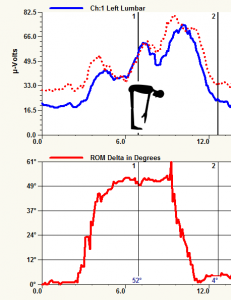 Dr. Gregg Friedman, Chiropractor and personal injury expert, recommends performing Dynamic Surface EMG with simultaneous computerized ROM testing every 30 days of care to document progress and establish necessity for continued treatment. The additional test and written report, including a comparison of results should be included in the billing.
Dr. Gregg Friedman, Chiropractor and personal injury expert, recommends performing Dynamic Surface EMG with simultaneous computerized ROM testing every 30 days of care to document progress and establish necessity for continued treatment. The additional test and written report, including a comparison of results should be included in the billing.
The key here is to practice, practice, practice. The more you do , the more confidence you will develop. And, as is true with any competent case management, refer out if necessary. A second opinion from a medical doctor or specialist helps to build your case, and your reputation. Working with a network of diversified practitioners solidifies results and strengthens the claim.
Attorneys want to see consistency in your testing and interpretations, case management, and ability to discriminate between those truly injured and symptom magnifiers. Objective data is the key element in being able to defend your diagnosis and justify your treatment recommendations.
Being a victim of an auto accident or workplace injury is both inconvenient and intimidating. Navigating the medical and legal aspects can be daunting. Dr. Allen Fraley, Chiropractor and personal injury expert, strongly urges other Chiropractors that are interested in becoming personal injury experts to acquire the proper technology, seek education to master the unique aspects of a personal injury practice, and gain confidence and expertise in the interpretation of sEMG. This mastery and confidence will be conveyed with patients, attorneys and judges. When combined with indisputable, objective sEMG data, you can’t lose.
References
1. National Highway Traffic Safety Administration. “2011 motor vehicle crashes: Overview” NHTSA’s National Center for Statistics and Analysis, 9313-120612-v3, December 2012
2. Jones GT, et al. “Road traffic accidents, but not other physically traumatic events, predict the onset of chronic widespread pain: Results from the EpiFunD Study” Arthritis Care and Research 2011.
3. Geisser M E, Ranavaya M, Haig A J, Roth R S, Zucker R, Ambroz C, Caruso M. A meta-analytic review of surface electromyography among persons with low back pain and normal, healthy controls. Journal of Pain 2005; 6(11): 711-726.
4. Gerhardt, John. “Utilizing sEMG in the medical-legal arena to prove presence or absence of soft tissue injury”, White paper: 2011.

